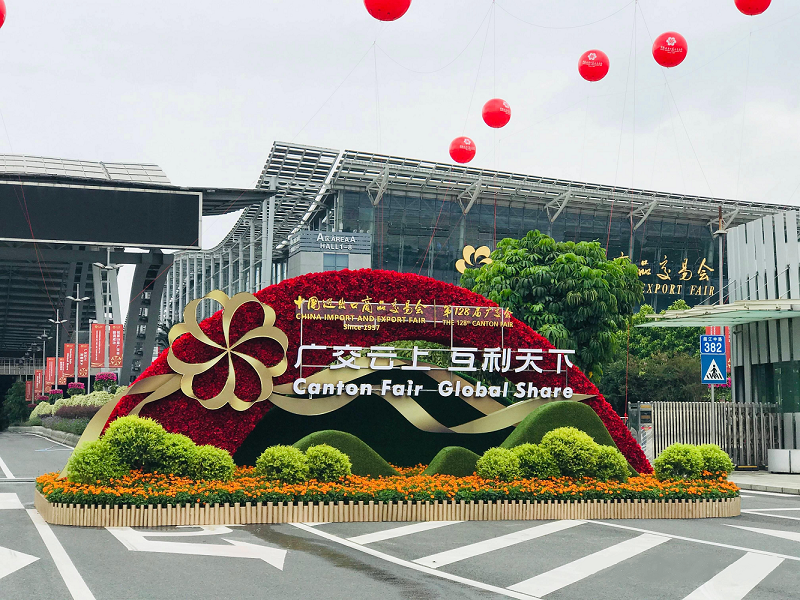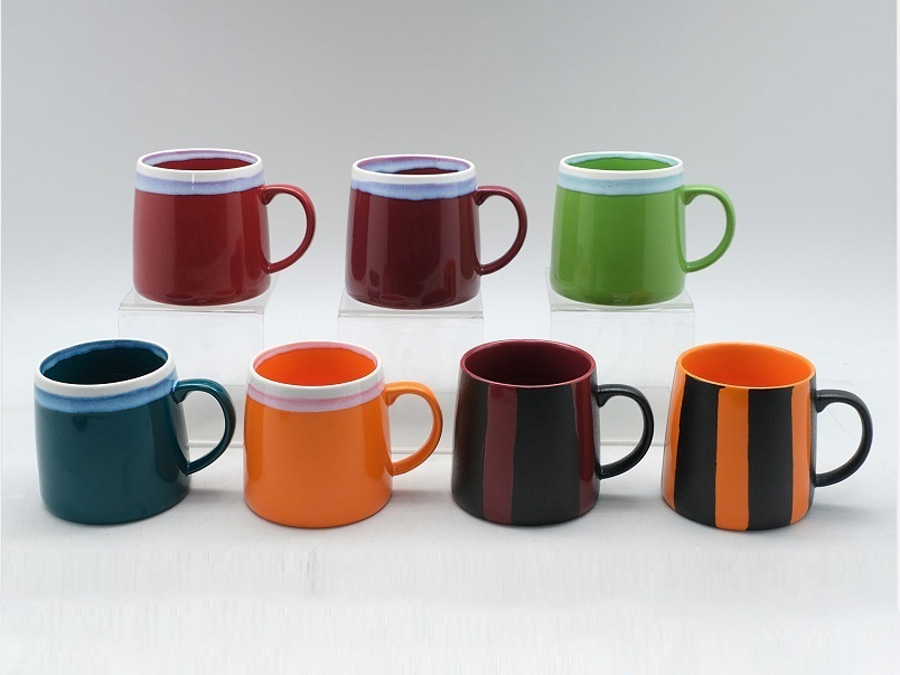Ceramic bowls are both artistic and practical – a modern revival of traditional craftsmanship
The history of ceramic bowls is almost as old as human civilization. As early as thousands of years ago, humans had mastered the technique of combining earth and fire and created the earliest ceramic vessels. With the development of craftsmanship and advancement of technology, ceramic bowls have gradually evolved from a single function to a symbol of art and culture. In ancient China, the exquisiteness of official kiln porcelain reflected the prosperity and skill level of a dynasty.

In modern society, although plastic products are widely popular because of their lightness and low cost, more and more consumers are beginning to realize the advantages of ceramic bowls. Ceramic bowls are resistant to high temperatures and corrosion, contain no harmful substances, and will not release harmful substances due to long-term use like plastic. These health and safety features make ceramic bowls the first choice for family dining tables.
The design and production of ceramic bowls also show diversified development trends. Artists make each ceramic bowl unique through different glaze colors, paintings and shapes. From simple white porcelain to complex blue and white porcelain, from traditional Chinese style to modern Western design, the types of ceramic bowls are rich and colorful, meeting the personalized needs of different consumers.

Today, with increasing environmental awareness, the sustainability of ceramic bowls has also received attention. Compared with disposable tableware, ceramic bowls are durable and reusable, reducing garbage generation and resource waste. At the same time, with the rise of the antique and collection market, many historic ceramic bowls have become sought after by collectors. They are not only tableware, but also cultural carriers that connect the past and the present.

It is worth mentioning that with the development of science and technology, the production of ceramic bowls is also constantly innovating. The use of new materials and the combination of high-tech manufacturing technology make ceramic bowls more durable while maintaining the traditional charm.
 With the process of globalization, ceramic bowls, as a cultural symbol, are also spreading around the world. Ceramic artists from different countries and regions integrate their respective cultural characteristics into the design of ceramic bowls through exchanges and cooperation, promoting cultural exchange and integration.
With the process of globalization, ceramic bowls, as a cultural symbol, are also spreading around the world. Ceramic artists from different countries and regions integrate their respective cultural characteristics into the design of ceramic bowls through exchanges and cooperation, promoting cultural exchange and integration.

Conclusion:
The ceramic bowl is not only a practical tool in daily life, but also a transmitter of art and culture. In today's pursuit of health, environmental protection and personalization, the value of ceramic bowls has been re-recognized and re-evaluated. Whether as utensils on the dining table, or as works of art and collectibles, ceramic bowls will continue to play an important role in our lives, conveying the unique charm of combining ancient and modern.
your content











